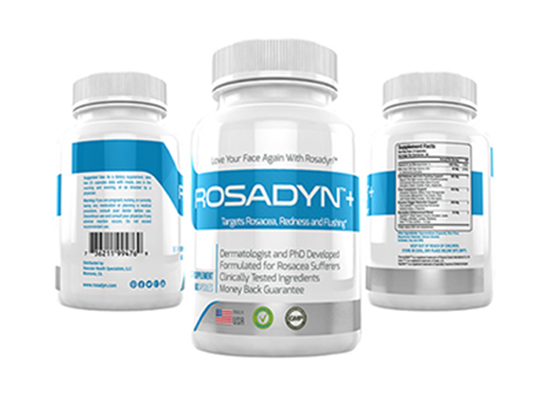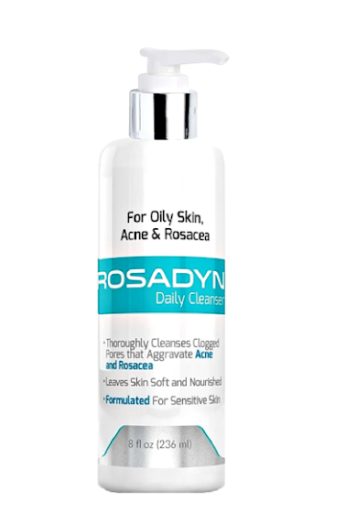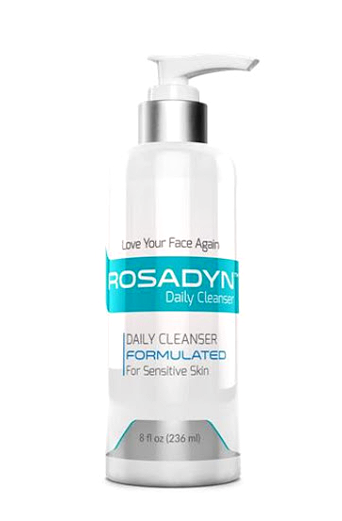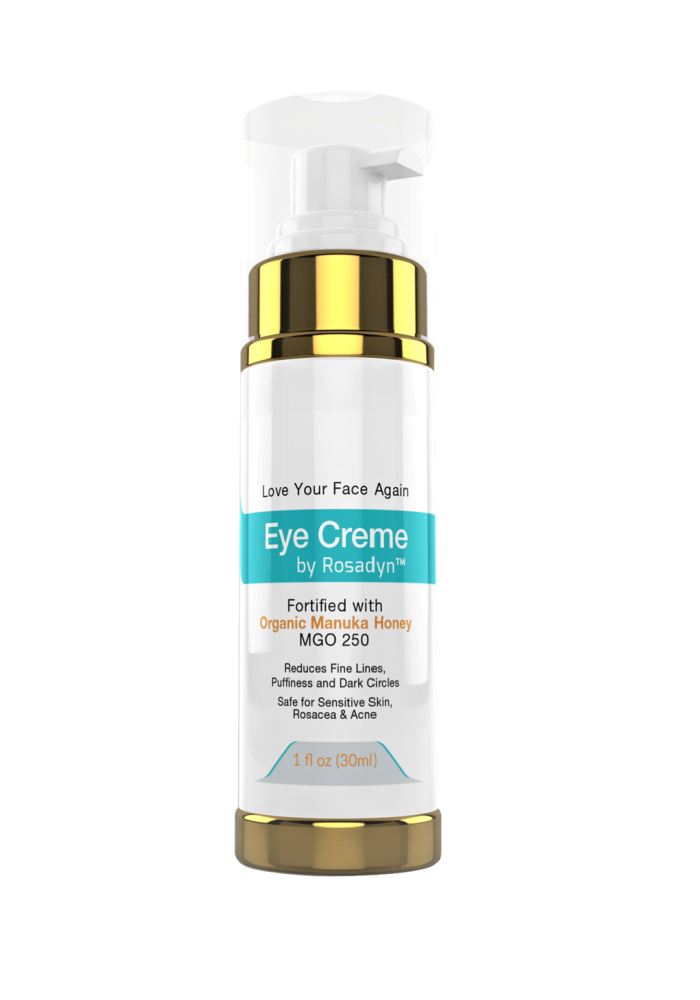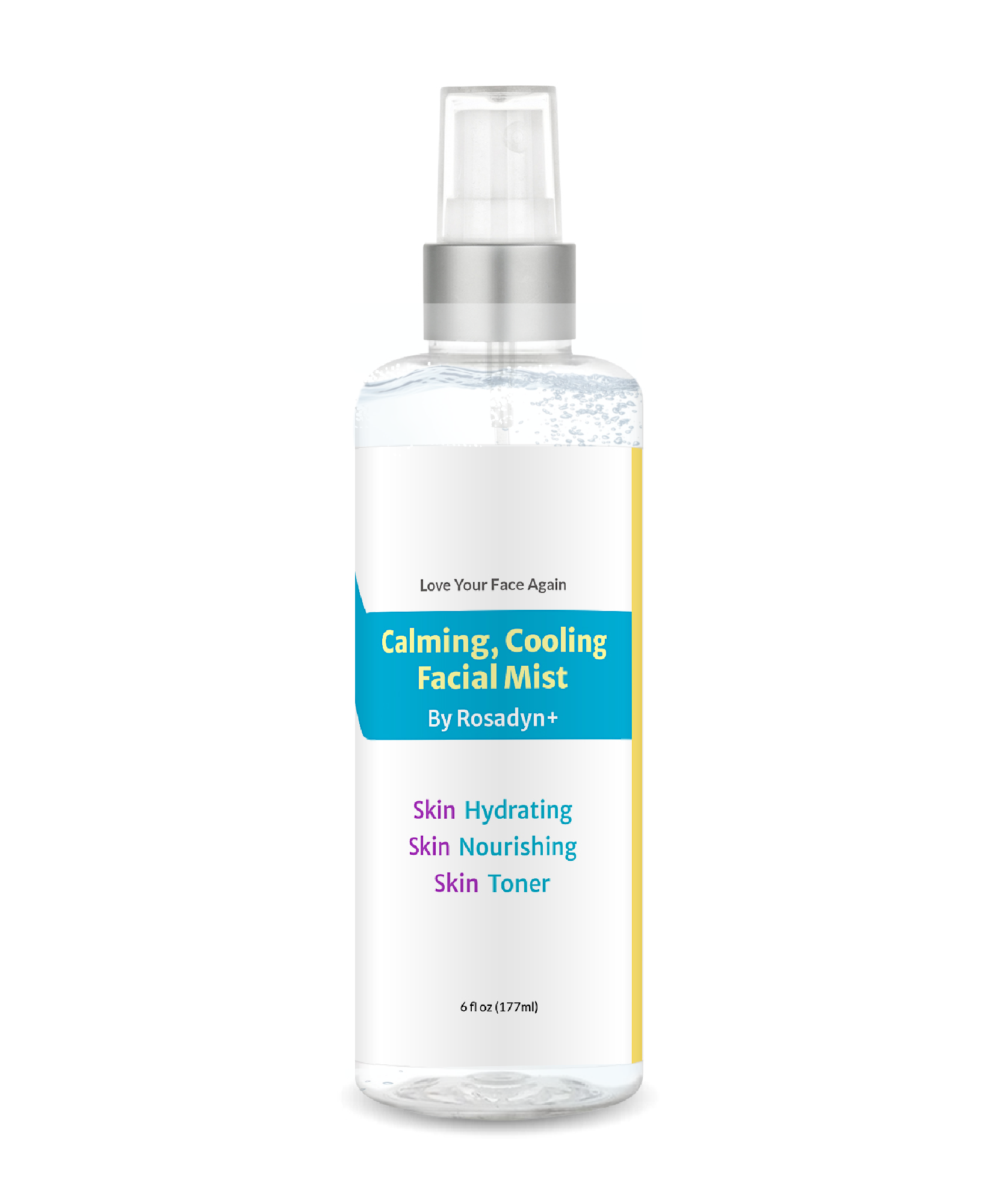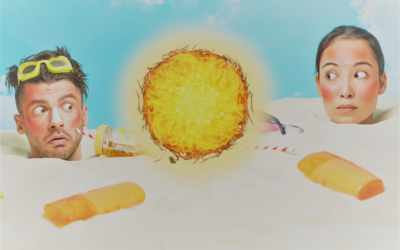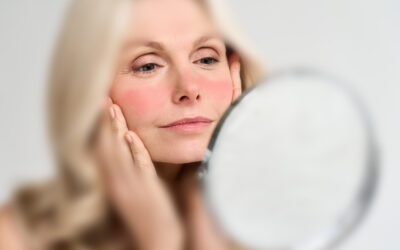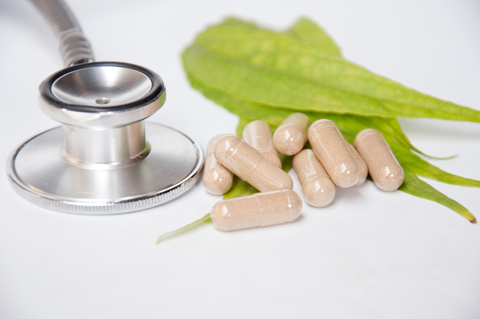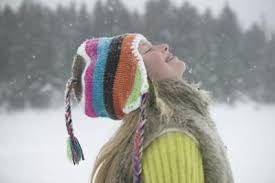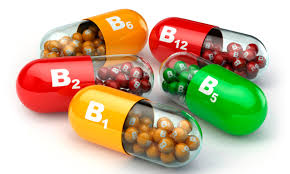About Rosacea
Why we put together this list of common terms used when describing rosacea
As fellow rosacea sufferers we all have experienced the “what does that mean” moment when physicians or others have used “medical terminology describing, diagnosing or writing about rosacea that has us thinking “what are they talking about?”. Our goal is to help you more easily understand ‘what it means” by providing you a list of the most commonly used medical terms translated into common language.
Glossary of common rosacea medical terms
- Angiogenesis: Medical term meaning new blood vessel growth.
- Blepharitis: Inflammation of the eyelids.
- Chalazion: A cyst on the eyelid due to plugging of the meibomian glands, fat-secreting glands of the eyes.
- Comedone: A plugged hair follicle. May be open (blackhead) or nearly closed (whitehead).
- Edema: Swelling from abnormally large amounts of fluids in the tissues.
- Erythema: Abnormal redness of the skin.
- Flushing: Transient redness of the face and neck.
- Granuloma: A tumor-like mass or nodule of tissue.
- Nodule: A small node that is solid and can be detected by touch.
- Papule: A small, dome-shaped, solid, usually inflamed elevation of the skin.
- Telangiectasia: Blood vessels visible through the skin.
- Triggers: Something that activates a rosacea flair up. Common rosacea triggers: certain foods, physical activity, stress, environmental conditions
- Paranasal: Alongside the nose.
- Plaque: Elevated red patch on the skin.
- Pustule: A small elevation of the skin filled with a white substance.
- Recalcitrant: Not responsive to treatment.
- Rhinophyma: Enlargement of the nose with excess tissue, a common form of phymatous rosacea, subtype 3 rosacea.
- Subtype: A common pattern or grouping of signs and symptoms.
Rosacea skin condition diagnosis terms
- Erythematotelangiectatic rosacea: Subtype 1 rosacea, characterized by flushing and persistent redness. Visible blood vessels may also appear.
- Granulomatous rosacea: Variant of rosacea, characterized by hard yellow, brown or red papules or nodules.
- Papulopustular rosacea: Subtype 2 rosacea, characterized by facial redness with bumps or pimples.
- Phymatous rosacea: Subtype 3 rosacea, characterized by thickening or growth of excess tissue, often around the nose.
- Pityriasis rosacea: is not rosacea, pityriasis rosea on pronouncing it sounds like rosacea but is actually a totally different skin condition. (a itchy rash, scaly or also called herald patch typically starts on back/torso/arms/legs)
Your Doctor may describe your skin by subtype:
- Subtype 1 rosacea: Erythematotelangiectatic rosacea, characterized by flushing and persistent redness. Visible blood vessels may also appear.
- Subtype 2 rosacea: Papulopustular rosacea, characterized by facial redness with bumps or pimples.
- Subtype 3 rosacea: Phymatous rosacea, characterized by thickening or growth of excess tissue, often around the nose.
- Subtype 4 rosacea:Ocular rosacea, characterized by watery or bloodshot appearance, irritation, burning or stinging of the eyes.
Your Doctor may describe your skin by phenotype:
-
- Papules and pustules primarily in the central facial area. These are different from comedones which typically are credited to an acne process rather than rosacea. Patients may also experience nodules
- Flushing that is frequent and usually prolonged. Redness (erythema) from flushing may be less visually apparent in patients with darker skin tones, but these patients may report subjectively experiencing this symptom
- Telangiectasia which are widened venules that redlines or patterns on the skin, often in clusters.
- Ocular manifestations, especially lid margin telangiectasia, scleritis, sclerokeratitis, spade-shaped infiltrates in the cornea, or redness on the conjunctiva between the eyelids.
Secondary phenotypes
- Burning or stinging – skin sensations
- Facial edema – this is swelling usually after a prolonged flushing episode
- Dryness of central facial skin
- Ocular manifestations – redness, burning, stinging, photosensitive, conjunctivitis and what appears to be “dandruff” type accumulation by lash line. (cylindrical collarette accumulation)
Research Terms:
- Controlled study: An experiment or clinical trial that includes an untested comparison group, referred to as a “control group.”
- Placebo: An oral or topical formulation without this active ingredient, used for comparison with the active medication in controlled clinical studies.
- Cutaneous: Pertaining to the skin.
- Double-blind: A research procedure in which neither the patient nor the investigator knows who is receiving the experimental substance or procedure and who is receiving a placebo. Done to avoid bias in the study.
Don’t see a “what does that mean” rosacea term on our list?
If you have come across a term used to describe your rosacea that was not included on our list here please, feel free to write in our comments section below and we will be glad to add it to the list.
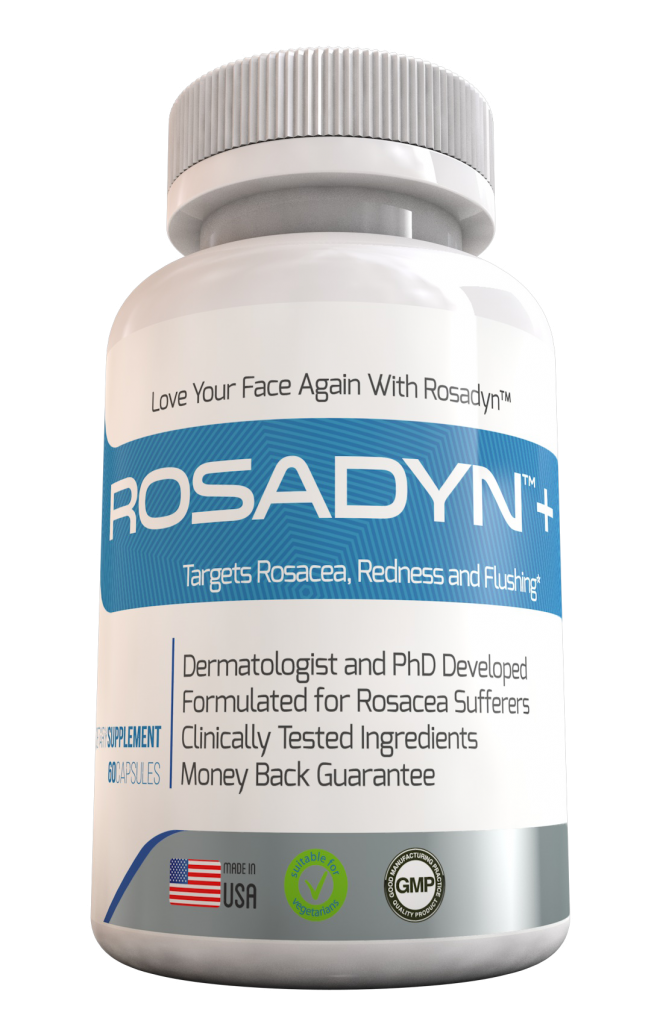
Try Rosadyn+ Nutraceutical Risk-Free for 90 Dys
Rosacea is a complex disorder and no two people have exactly the same reaction to rosacea treatments. What feedback from thousands of our customers has made clear, however, is that the response time to Rosadyn+ varies with the severity of their rosacea, general health, diet and lifestyle. This said, we have customers with mild rosacea who saw a minimization of their flares, facial redness and symptoms after six weeks of Rosadyn+ while those with more severe cases needed three-to-six months to ultimately break the chronic inflammatory cycle of rosacea.
Because the time to achieve results can vary significantly, we offer a generous, unprecedented 90 day, money-back guarantee on our oral nutraceutical to give you ample time to allow Rosadyn to work for you. All we ask is that new customers use that full 90 day risk-free time window to fairly evaluate the rosacea-fighting power of Rosadyn+ and avoid the common mistake of abandoning treatment prematurely, particularly after just one month.
Gel Cleanser w/Organic Honey
Honey, Aloe and Oat - Gentle Face Wash for Oily and Acne Prone Sensitive Skin
Combine Products and Save!
Read Our Rosacea Blog - Tips, Product Reviews to Studies and More!...
The Rosacea Blog
Be sure to frequently check out our blog. We love sharing the latest news, helpful tips cool product reviews, latest research and occasionally inspirational stories from our rosacea family.
How Rosadyn Reduces Rosacea Sun and Heat Triggers
Heat, Sun and Rosacea Flares While summer is beach time for many, the sun and heat can be a trial by fire for rosacea sufferers. Sun and heat exposure are the #1 and 3 rosacea triggers according to the American Academy of Dermatology. That means summertime is a...
Rosacea and Menopause, a Rosadyn Love Story
Menopause Triggered My Rosacea I am 54 years old and have been enjoying menopausal symptoms for about 3 years now. “Enjoy” is not the verb I want to use but I will keep it dignified. One of the funnest parts of menopause are the hot flashes. I think I just...
Natural Rosacea Treatment, Dermatologists Say Yes!
Dermatologists Embrace Herbs To Decrease Rosacea Symptoms Topical extracts have long been used to treat sensitive skin, rosacea skin and many other forms of inflammatory skin disorders. Until recently, most dermatologists have focused on using prescription...
Cooling foods that help to naturally lower body temperature and reduce rosacea flushing
Summer along with weather changes can cause your rosacea to flare up. With UV Rays and heat, you have a variety of external options to address the suns rays from sun protection hats and clothing, sunscreens to Rosadyn+ natural ingredients that help with strengthening...
Best Winter Skin Care Barrier Cream for Rosacea – Product Review
Objective: The purpose of this article is to discuss why most rosacea sufferers flare during the harsh environment of the winter. We are highlighting a skin care barrier cream for Rosacea, that protects the skin from environment-induced flushing, skin inflammation...
B-Vitamins Common Cause of Skin Breakouts and Redness
The purpose of this article is to highlight the fact that B Vitamins and B Vitamin Complexes can contribute to acne rosacea, facial redness, flushing and even trigger acne in non-rosacea sufferers. B Vitamins are one of the top selling vitamins due to their many...
| Support | About us |
|---|---|
| FAQs | Text contact: 626-375-5259 |
| Rosadyn+ Guarantee | Terms and conditions |
| Customer Service | Privacy Policy |
| Contact us | Data Retention Policy |



